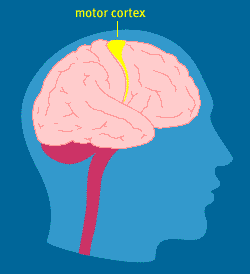I have lost my interest in CVs.
I am so close to beginning university, and I have lost my interested in preening my online presence to pre-emptively please people I haven’t even decided to please yet. This past summer, I have been focused on my choice between my UK university offer and my application to Norwegian universities – a choice that ended up an easy one, seeing as my UK place remains the only offer I have received in either country. And that was enough dwelling on the future without a CV to think of.
But I have not lost my interest in medicine. No, I have been bookmarking interesting articles with the potential to become a post, forming a to-do list in my browser that I have successfully procrastinated from for months. And as I approach Freshers’ Week, I feel the need to clear it out. I can’t say that any of this is news, because some of it is from ages ago. But that doesn’t stop it being interesting.
Do you want to read about the responsible parents who leave their babies outside in winter? Or how about the interesting debate on cosmetic tattoos on the NHS? Then there’s also a thing or two about epigenetics that will defo tweak your imagination. Sound good?
The babies who nap in sub-zero temperatures: Scandinavian parents and day-care centres put prams outdoors at naptime all through winter. Well, it’s one way to show appreciation for fresh air and safe streets. Fresh air is perceived to be essential to babies’ sleep and health, and of course, there’s the cultural mindset encapsulated in this Nordic saying: there’s no such thing as bad weather, only bad clothing.
How Meditation Affects The Brain: I was surprised. The fMRI scans show the opposite of what I expected. The website is brilliant, by the way – check it out.
Why Women Are Stripey: a video from Veritasium’s channel – a brilliant channel, I’ll add. He begins by explaining the basics of genetics, then goes into X inactivation. X inactivation is one of the coolest, most complex things I’ve ever learned that the body can do, and Veritasium uses some ace animations that lay it out clearly.
Cesarean Delivery May Cause Epigenetic Changes In Babies DNA: more on epigenetics! As cesarean delivery is on the rise worldwide, research is trying to discern the consequences of beginning life like this. If you want a more on epigenetics, I wrote about it a while ago. Seriously, this topic is mind-blowing.
Myalgic Encephalomyelitis is not fatigue, or ‘CFS’: this thorough and enlightening paper is quite an eye-opener. Have you heard of ME? It’s an illness with an uncertain cause. If you have heard of ME or CFS, I’d guess that you associate them with fatigue, or tiredness. (If you haven’t, read this summary.) This article will open your eyes to the real complexity of this illness, and make you reconsider the stereotypes.
Should cosmetic tattoos be available on the NHS? I had no reason to believe the answer could be ‘yes’. I had no idea about the role of cosmetic tattooing in aiding recovery, at least psychological recovery, from major illnesses, including cancer. Another eye-opener.
Well that’s my reading list cleared out. Here’s to passion for the subject – after a long apathy to the CV.











